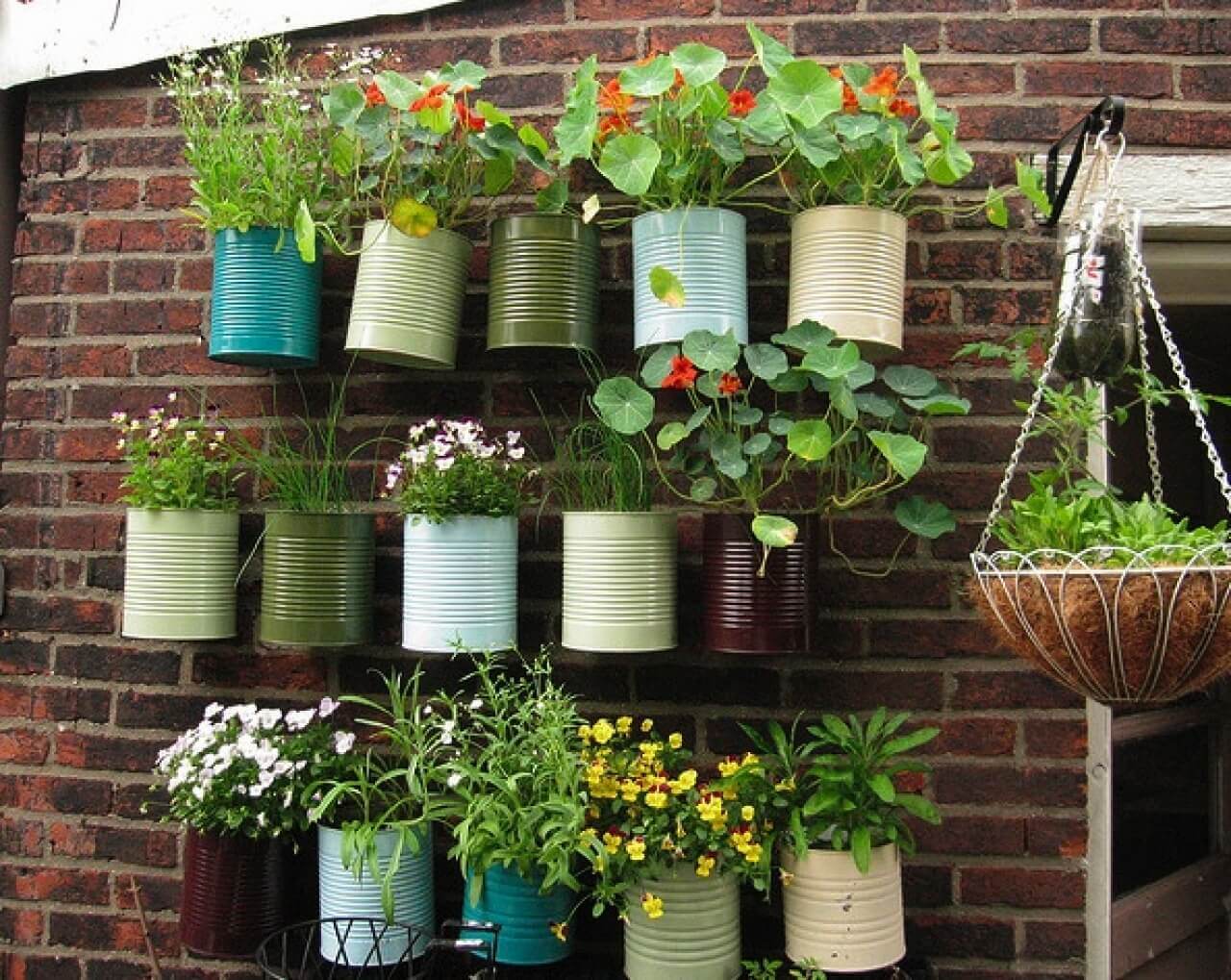To create an urban garden it is enough to know some basic aspects of cultivation. Take advantage of your terrace or roof terrace and enjoy this green space in your home.

Despite the massive growth of cities and great technological advances, the possibility of creating an urban garden in our apartment continues to arouse great interest. However, it is important to take into account some issues to do it in a confined space.
In this article we bring you closer to your urban garden in a simple way with some practical tips to start growing your own fruits, vegetables, aromatic plants, etc. Enjoy and feed your family in the healthiest way with this rewarding activity: the urban garden.
How to make an urban garden in a small space.
Choose the place well.
In this new project that you are going to undertake, it is decisive to choose the place where you are going to locate your garden. To do this, remember that the success of your plantations will depend on the light (direct or indirect) that your plants receive. Always keep in mind that a sunny place accelerates the growth of the seeds.
It is also necessary to have a good drainage system and, of course, a water intake as close as possible to the garden. In this way, you will save time and it will be more practical to water as often as necessary.
If you are going to mount it on a terrace or patio, keep in mind that it will be an area where you will work with soil and compost. Therefore, you also have to always think about cleaning and limit the space well so as not to dirty your house every day.
First lessons in agriculture.
Before you start spending money on seeds and basic agricultural equipment, you should inform yourself well, even attend some theory classes on how to farm. There are too many factors that can ruin months of caring for your plants, so it’s best to pick up some good books on the subject.
You must learn some basic notions:
- Care of the land and the use of different fertilizers.
- Suitable months to sow.
- Watering and pruning.
- Pests and basic care.
An ideal option: the vertical urban garden.
With the development of this technique you have the advantage of optimizing space to the maximum, since it takes up much less space than with the conventional one. At the same time, you will save time in the maintenance of the garden, since no weeds are created nor do you have to dig for the planting. Another great advantage of planting vertically is the greater entry of light and air to your crops. Pests are also minor and easier to deal with. A very practical tip is to plant fast cycle crops (lettuce, chard, spinach, etc.) between varieties that grow slower.
The balcony, terrace or roof are perfect places to make an urban garden. You can use pots, grow tables or even get started in hydroponic cultivation (it is grown without soil, in water).
Original ideas.
Nowadays, social networks allow to know different types of urban gardens around the world. In this way, we can also be surprised and benefit from the imagination of many people who have wanted to take advantage of small spaces.
Here are some original ideas for your urban garden:
- Take advantage of and recycle pallets, containers or tires as growing tables and pots.
- If you are very new to the world of cultivation, you can help yourself with small signs that help you remember the name of the plant.
- Don’t forget to plant aromatic plants. There is nothing more pleasant for a cook than to be able to go out to the balcony to pick up his fresh plant.
- Get good advice to get a good substrate suitable for the type of soil you are going to use.
- If you are going to travel or spend time away from home and you do not have anyone who can go to water your garden, you can also install a drip or automatic irrigation system.
- With the own remains of the same garden (pruning, discarded fruits, herbs, etc.) you can make an organic compost to enrich the earth in a natural way.
Do you dare to make your own urban garden? In addition to providing your own organic food without pesticides, you will discover an activity to combat stress and share with the family. Children can become fond of this good habit and learn about the entire growing process.



